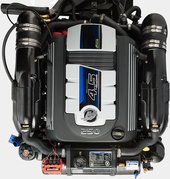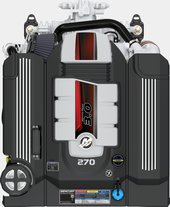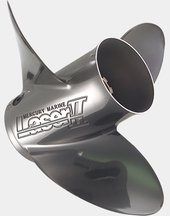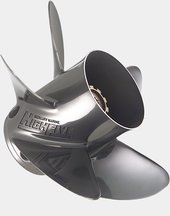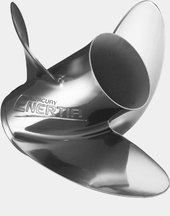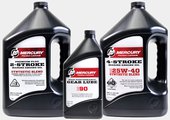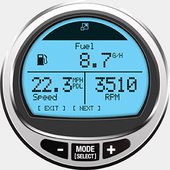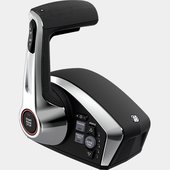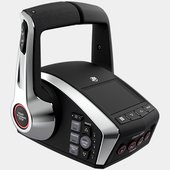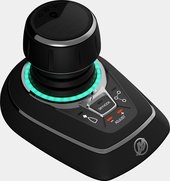The mettle of our metal

“If you want something done right, do it yourself.”
Mercury Marine took that approach by developing its own painting processes, and improving lost-foam casting and other technologies, but it all began with developing its own metal alloys to enhance product durability in the harsh marine environment.
Mercury produces its own aluminum with a lower copper content than typical versions of the metal. In fact, it has 10 to 20 times less copper than found in competitors’ products. As a result, Mercury’s exclusive XK360 is the most corrosion-resistant aluminum alloy available. Used in key components such as engine blocks, cylinder heads, gear cases, driveshaft housings and sterndrive units, XK360 is smelted right at the Mercury factory in Fond du Lac, Wisconsin. It’s all part of Mercury’s tireless efforts to make sure boating is a true turnkey experience.
With less than .15 percent copper, A356 alloy is employed on lost-foam casting components, including blocks, heads, clamps and swivel brackets for Mercury outboards. The process creates an aluminum that is stronger but more pliable for manufacturing and machining. For the boater, the lower copper content means the engines will outlive the competition in a saltwater environment, and that means more time for fishing, cruising and playing on the water. Finally, the MercAlloy, which has less than .2 percent copper, is used on large outboard driveshaft housings and on most of its aluminum propellers.
Speaking of propellers, Mercury uses its own formula for stainless steel. X7 Alloy is 30 percent stronger and four times more durable than conventional stainless. This super tough material allows for propeller designs that are stronger yet thinner than other steel props and translates into more speed on the water. A three-blade Mercury Enertia propeller has been shown to have a 2 to 3 mph advantage over the same size conventional stainless-steel propeller. Mercury also has 15-5 alloy, a proprietary blend of stainless steel that’s enhanced for improved corrosion protection. The metal was designed exclusively for Mercury propellers to extend their life in saltwater.
Whether it’s developing alloys to improve corrosion resistance or component strength, Mercury Marine is showing its mettle through its metal.
A new type of “factory racing”

“Factory racing” traditionally applies to race teams that are owned by the manufacturer. But “factory racing” became an entirely different scenario in the 1990s.
In 1996, when Mercury Racing introduced the HP 500 – the first “big horsepower” production sterndrive package – it served as a catalyst for a new class of affordable racing to increase fleet sizes, and more relatable racing to bring fans back to the sport.
The American Power Boat Association (APBA) introduced Offshore Factory Class using box-stock HP 500s as the specified power and virtually any nearly stock performance powerboat. Fans could watch the races Sunday and purchase the exact same vessels at their local dealers on Monday.
The three Factory Classes had the desired effect on boat and engine sales, and by 1999 more boat builders were participating in APBA Offshore events than at any other time with a fleet of 40 to 60 factory boats per race.


